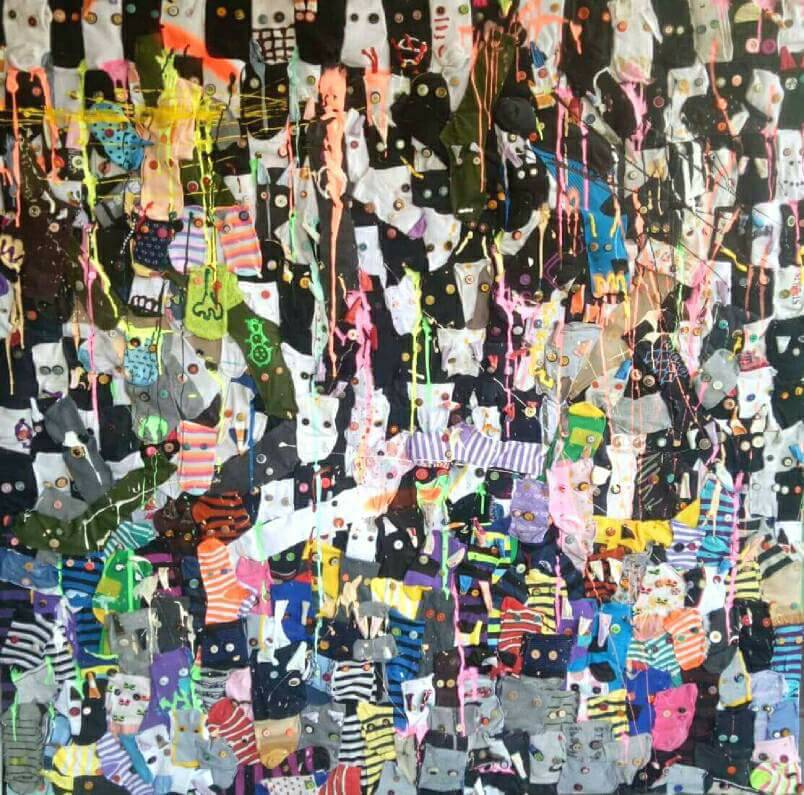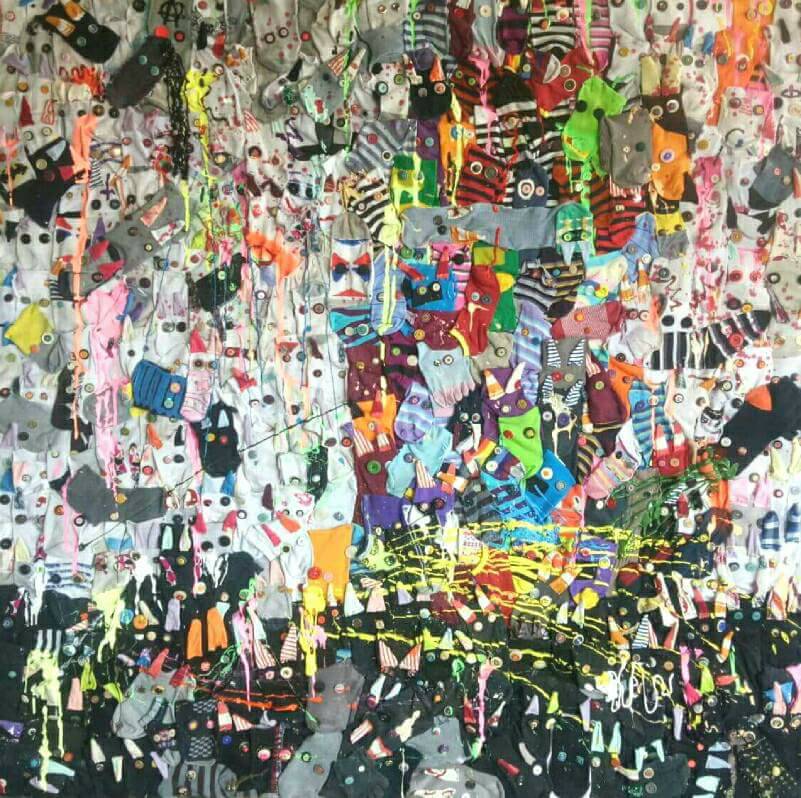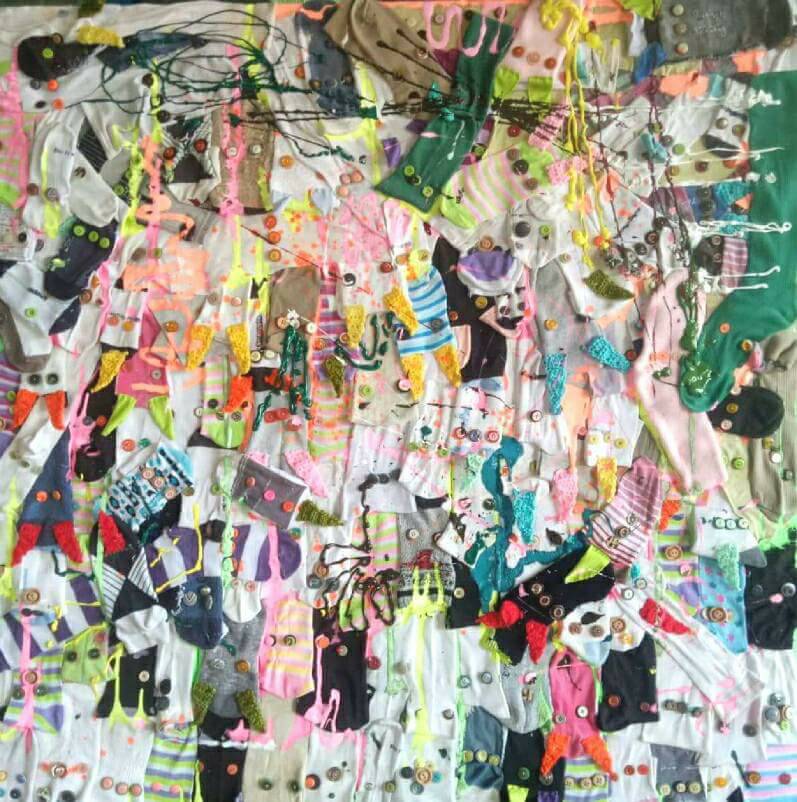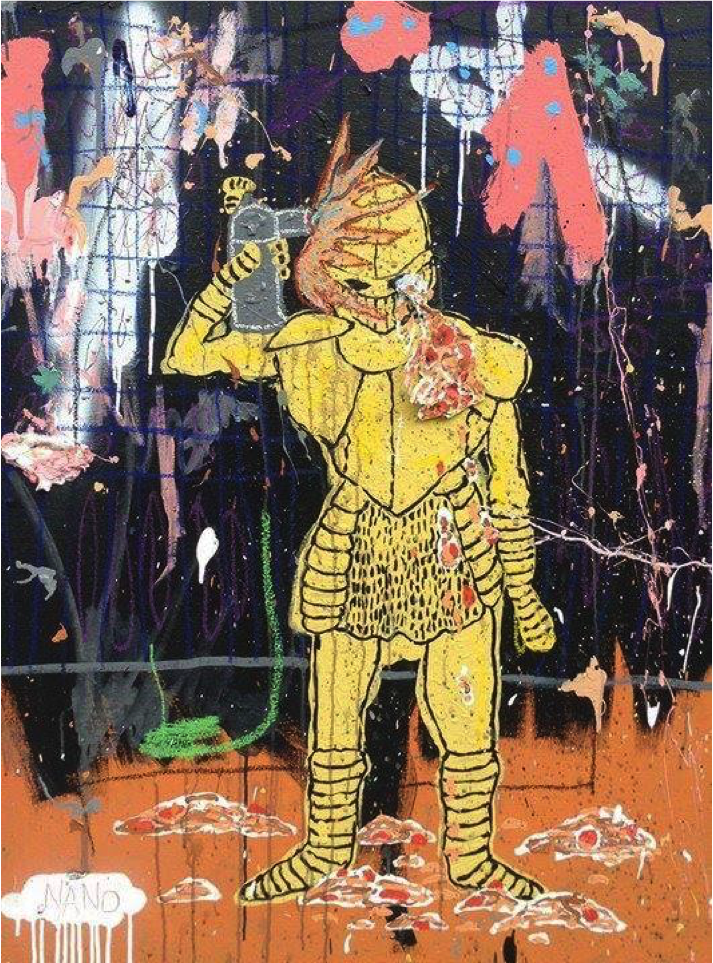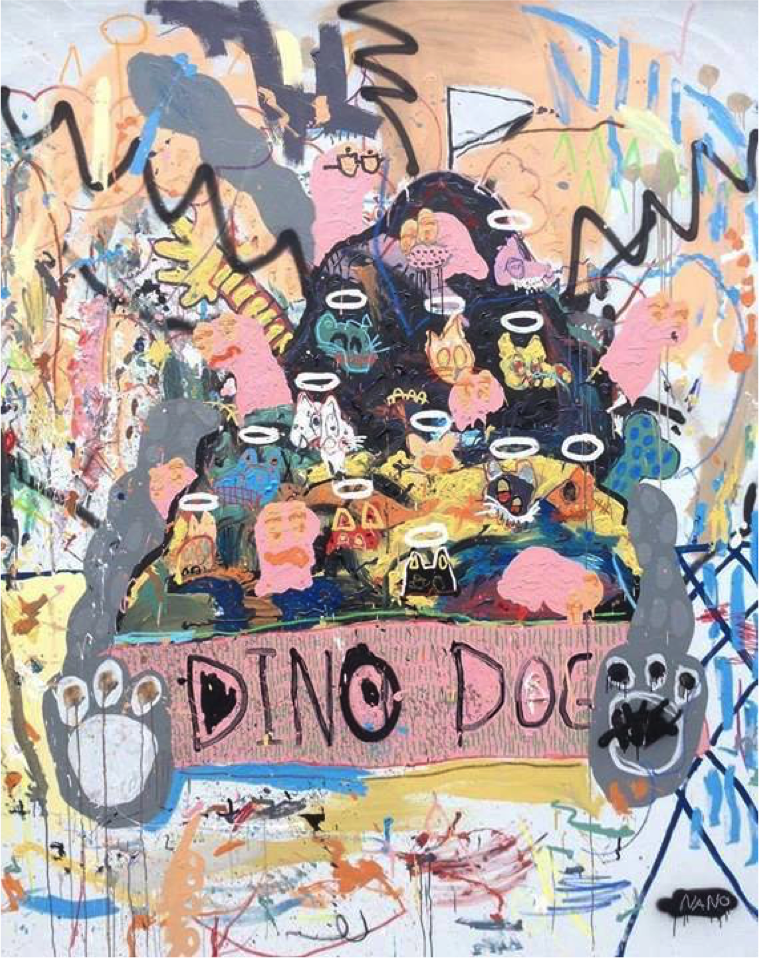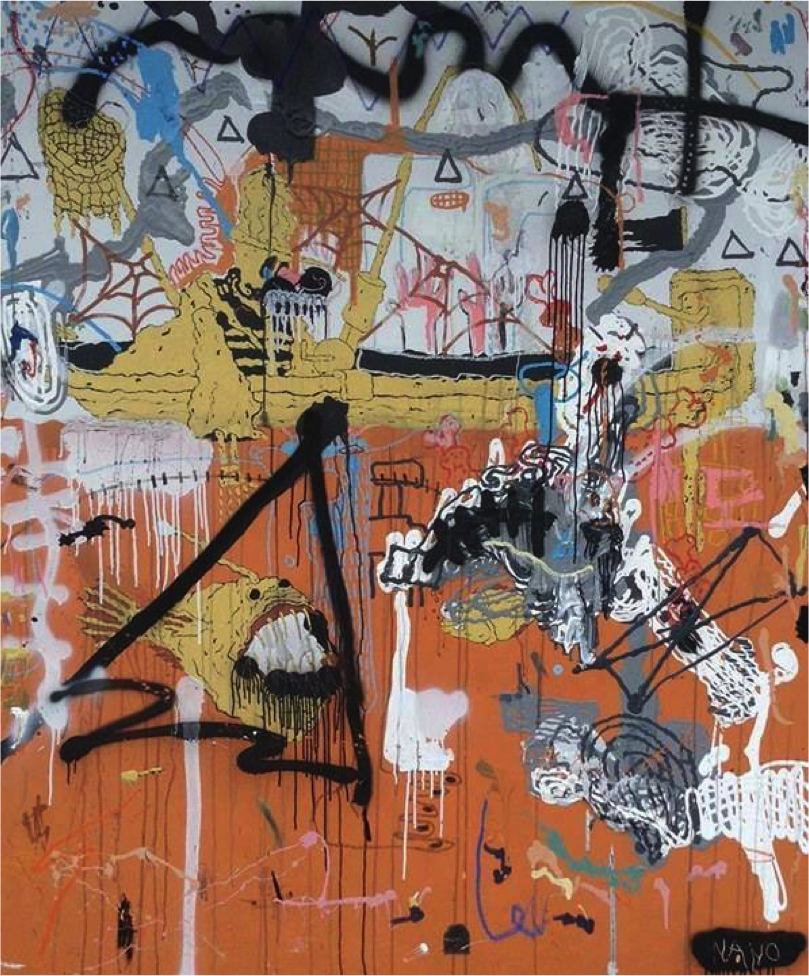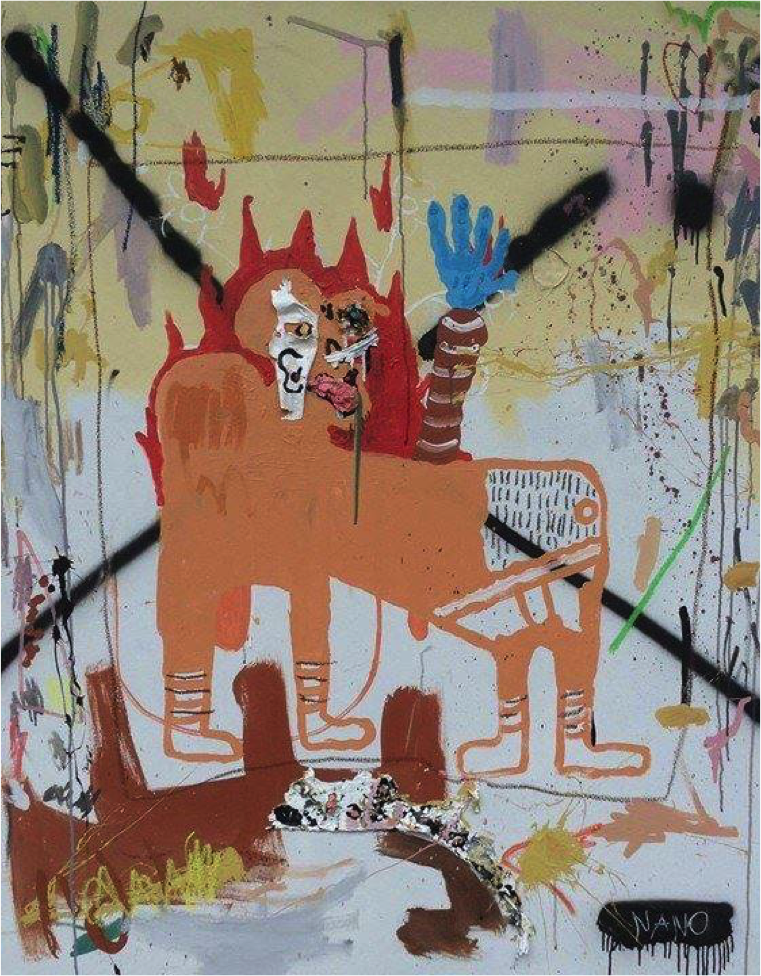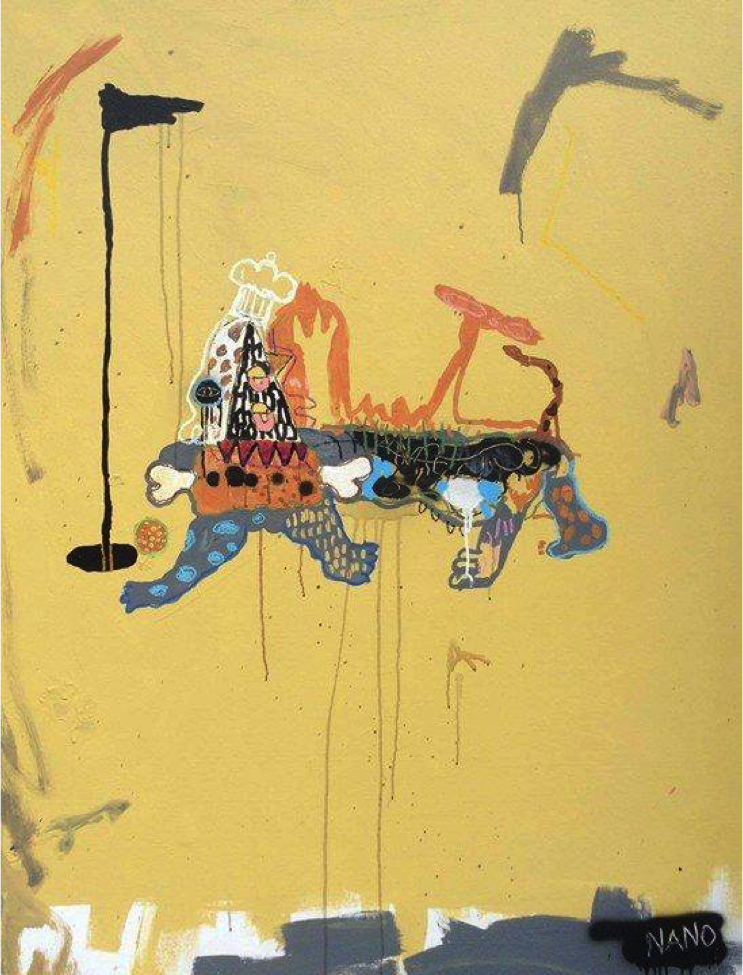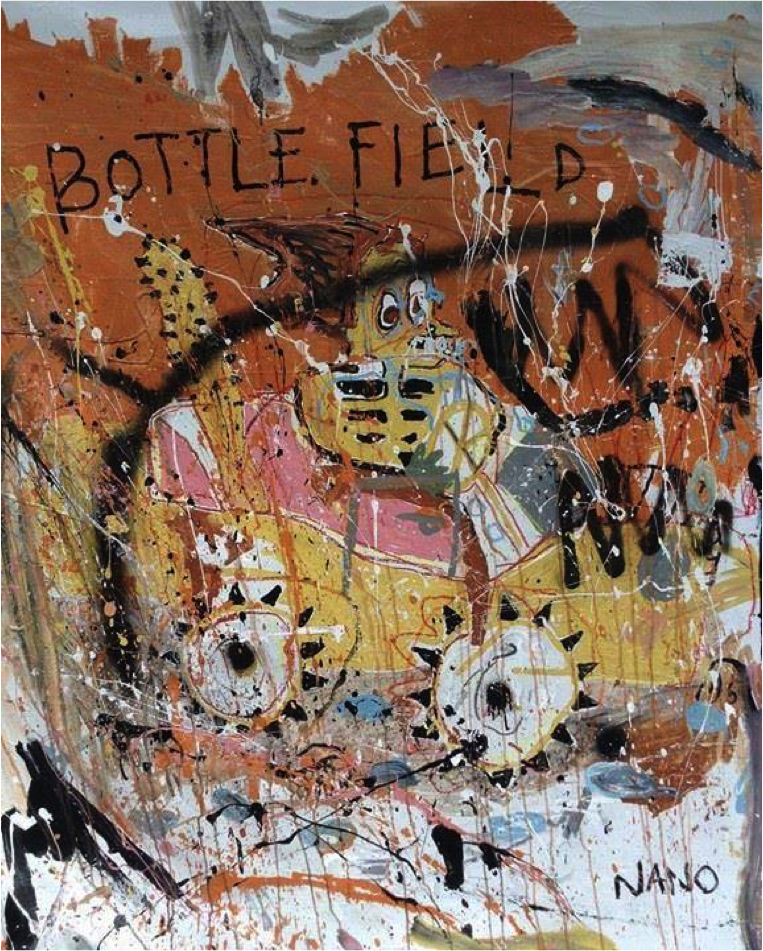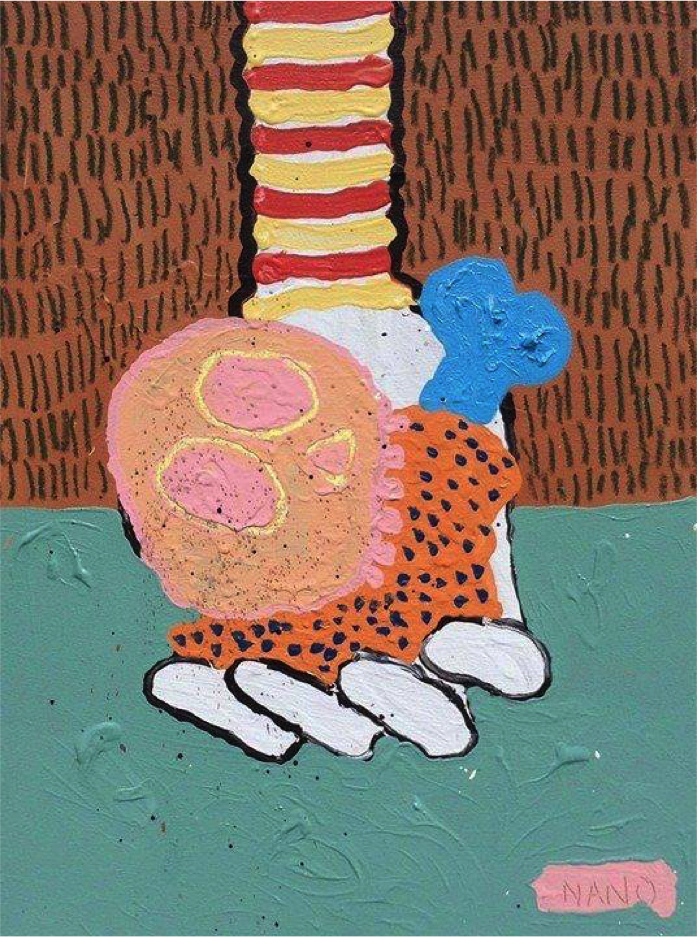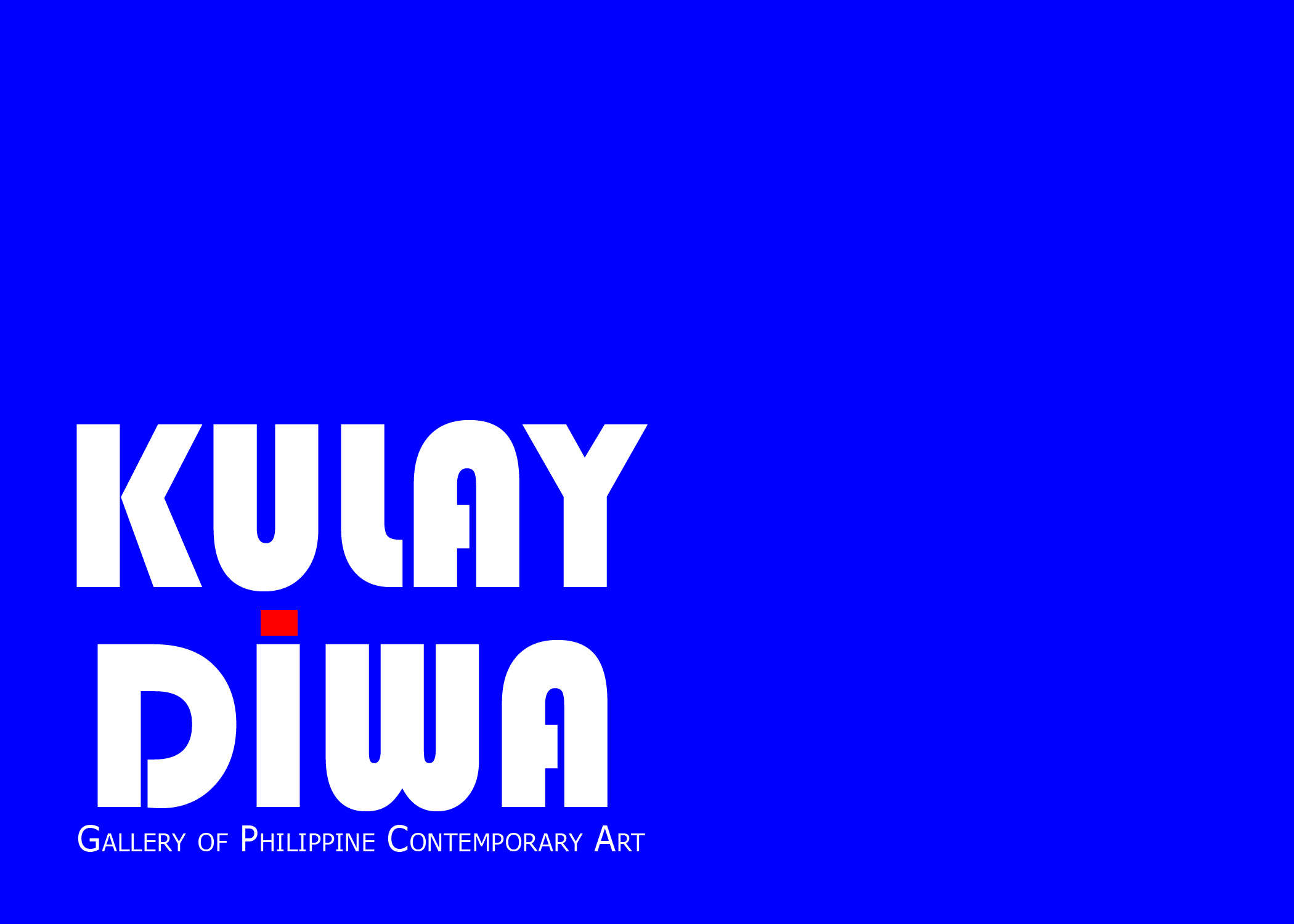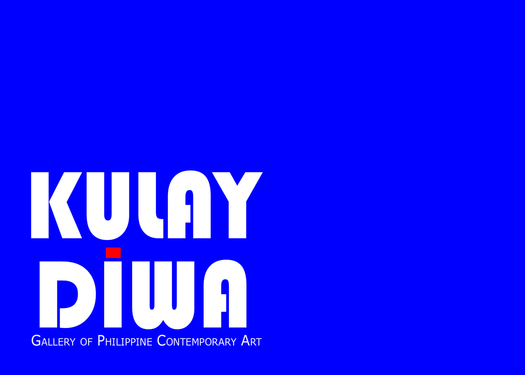Franz Marion Vocalan
So rich and abundant is our country in cultural traditions that certain specific places have become famous for their own products and, by extension, their personages, that they have become synonymous with their place of origin. Acknowledged as the “Art Capital of the Philippines” is Angono, previously a small municipality in the south of Manila, but by dint of their immense contribution to the artistic and cultural heritage of the country, has grown so much bigger than its geographical site, for Angono now occupies a revered place, not on mere land, but in the national consciousness. Truly, no other single place has spawned two National Artists, one for Music and one for the Visual Arts, namely Lucio San Pedro and Carlos “Botong” Francisco. While those two names remain giants in their respective fields, other distinguished luminaries in the arts have further burnished the sheen of Angono’s luster in the arts, with names such as Jose “Pitok” Blanco, Nemiranda, and Perdigon Vocalan.
More impressively, their young progeny, representing the next generation of Angono artists, have been emerging in the art scene. And by way of that brief historical background is the opportune time to introduce another son of Angono, one who is fast making waves, not only because he is related to the well-esteemed late Perdigon, whose same surname he proudly carries, but through his individual style or idiom that, by way of forewarning, “rocks the boat,” or rather the bancas, along the Laguna Lakeshore. In short, his works are a clear, and daring, departure from what we associate with Angono art. Just this alone, in my estimation, makes him an artist that bears watching.
His name: Franz Marion “Nano” Vocalan. Early on, he was noticed for his style of painting which affects what we know as graffiti art. The word graffiti, of course, has had its bad share of media publicity. After all, its top-of-mind awareness is the desecration of public walls, with rebellious youth brandishing cans of spray paint, their instant instruments to inscribe their messages to the world. Graffiti, or the singular graffito, comes from the Italian word graffiato, meaning scratched.

Inquire
Click to Inquire
Catalog
Download Catalog
CV
Download CV

